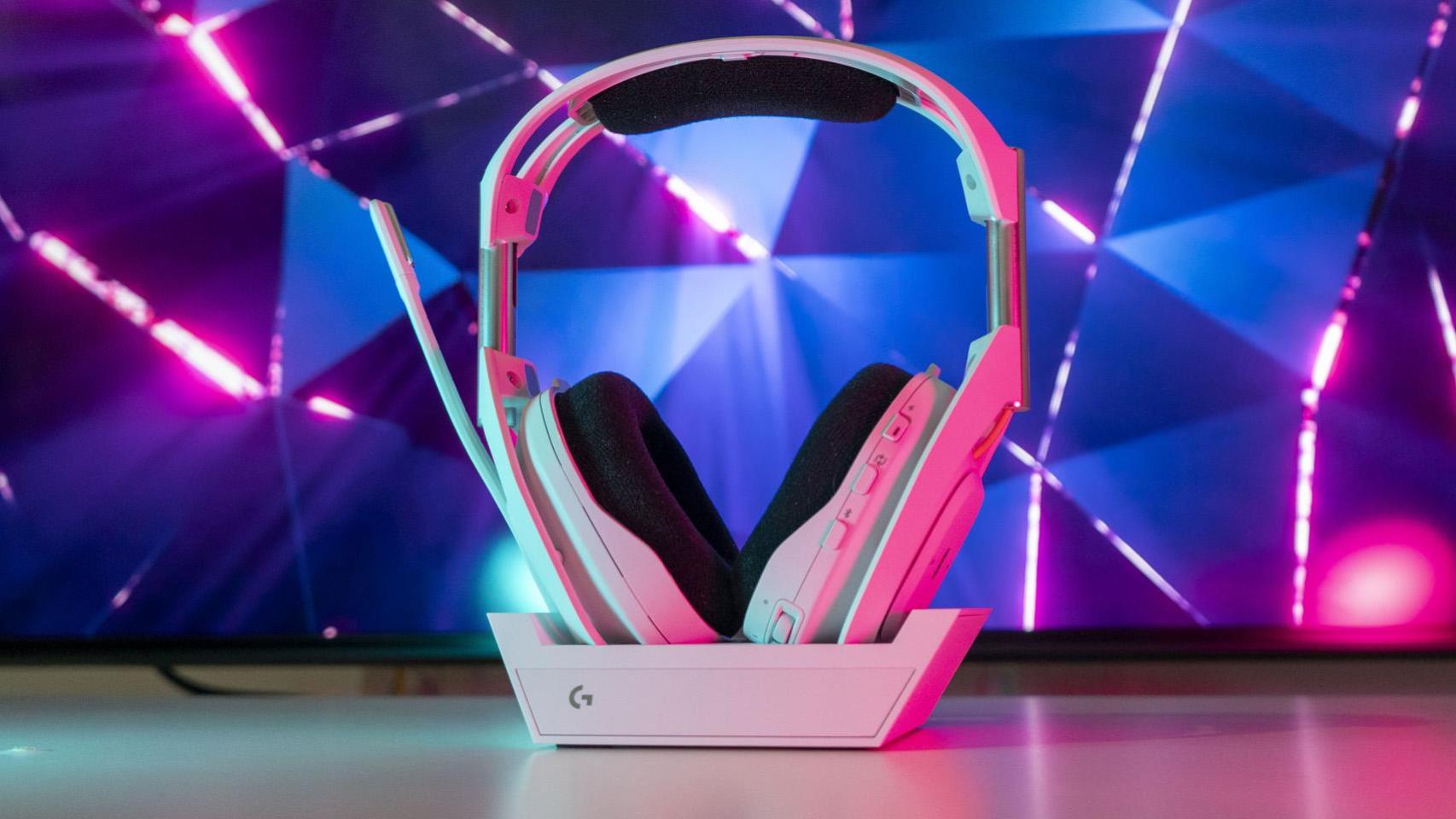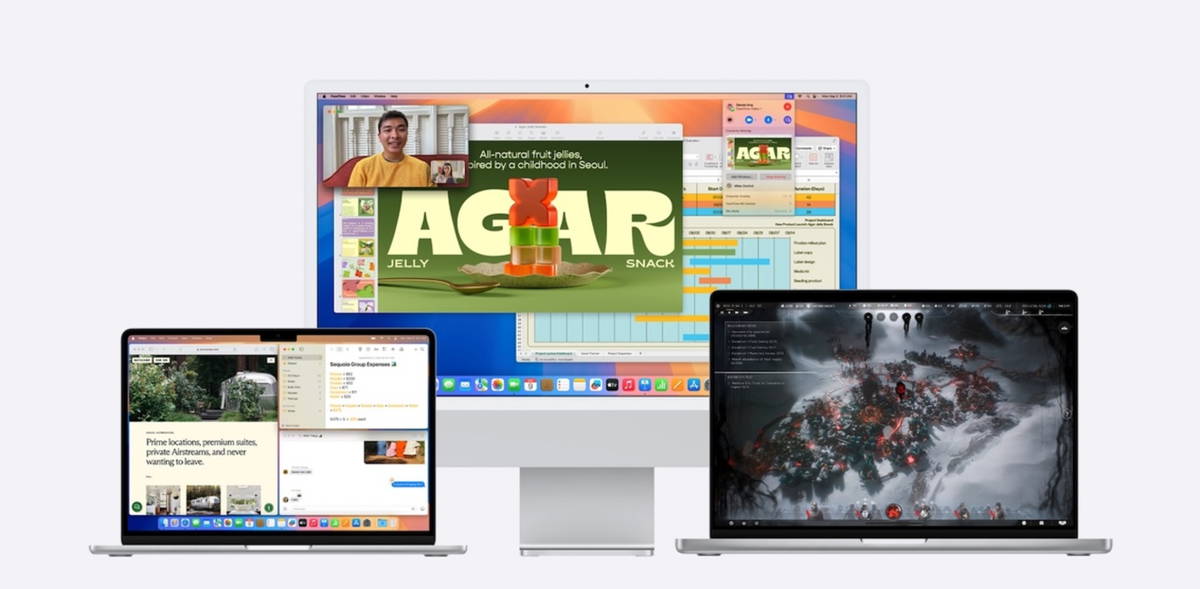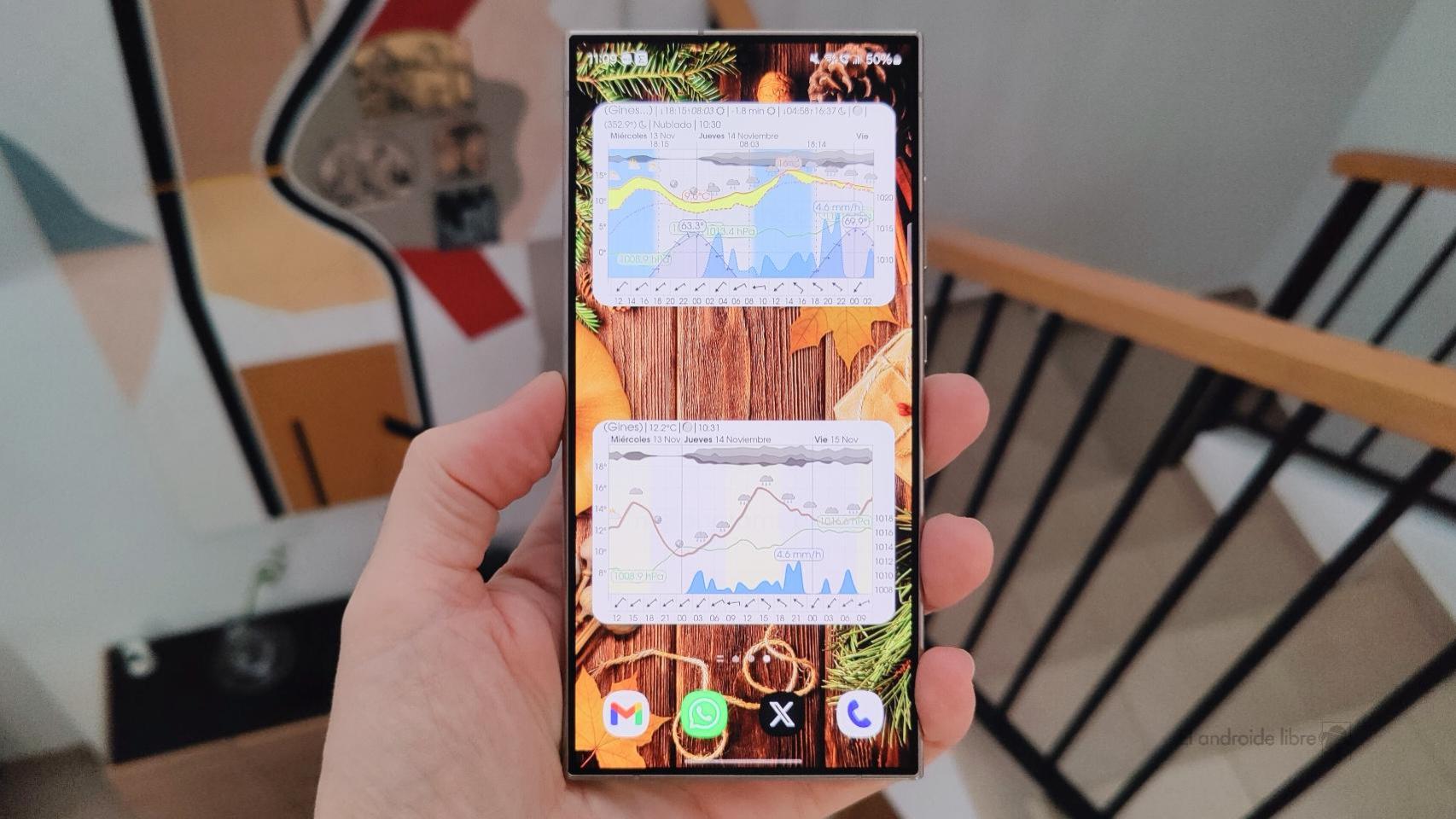In recent years, Apple has become quite secretive about the success of the Apple Watch. If it provides numbers for this product, they’re more likely to be processor specs or serial numbers than unit sales or vague proclamations like a record number of new users bought one in the last quarter .
Instead, we had to rely on third-party data sources. In 2016, it was claimed that the Apple Watch had overtaken Rolex as the most popular watch, supported by analysis of social mentions; this was later confirmed by official figures from the Swiss watch industry. However, this feat was less impressive than one might think. According to data from the Federation of the Swiss Watch Industry, the country as a whole exported between seven and eight million mechanical watches per year before the pandemic years; since 2021, this figure has stabilized at just over six million units. These are small numbers compared to what one might expect from a major Apple product line.
The tricky thing when trying to establish the level of success of the Apple Watch is Apple’s policy of combining all wearable, home, and accessory products into one category and then providing the numbers sales for this category as a whole. However, figures from Apple’s quarterly reports since mid-2017 suggest that the Apple Watch most likely accounts for the majority of its wearable sales. The Apple Watch is expensive and apparently popular enough to easily dominate the category.
HomePods are a niche product, just like AirPods Max. The AirPods and AirPods Pro can’t be called cheap, but compared to the Apple Watch, they need to sell a lot more units to be relevant. And if you look at Apple’s sales numbers for wearables, you’ll notice a trend: They’re growing rapidly in the first quarter of the year, right when the first three months of a new Apple Watch model are in the books . In other words, we can say with reasonable certainty that the fortunes of the wearable and home category closely mirror the success of the Apple Watch itself.
What’s been notable about wearable sales over the past two years is that they still peaked in the December quarter, but nowhere near as high as in 2021 and, in some cases, in 2020. This is even more surprising considering that Apple introduced the more expensive Apple Watch Ultra a year ago, which was supposed to improve this sales picture. Instead, we observe the opposite trend. Wearable sales in the final December quarter were down 11 percent from the same period a year ago, which itself was down 8 percent from a year earlier.
What’s happening with the Apple Watch?
The Apple Watch is far from doomed and there are plenty of fluctuations happening. But there are certainly concerns for Tim Cook. Two factors likely came together to cause this decline.
In 2020 and 2021, health concerns linked to the Covid-19 pandemic have probably allowed the Apple Watch to increase its sales figures. Automatic handwashing detection prompts you to scrub for a full 20 seconds. The blood oxygen sensor introduced in 2020 just before the pandemic ravaged the world was able to detect a rapid drop in blood oxygen levels, one of the main indicators of the disease.)
But restrictions linked to Covid have been largely lifted for two years now, and the disease has disappeared from the headlines. Which means a hot streak is over for the Apple Watch. And now the new watches don’t even have the blood oxygen sensor enabled, which will only hurt sales further.
The innovations of the last two generations of Apple Watch are also not revolutionary: crash detection, newer chip and double tap. So many nice things to have, but not enough to push happy owners of older models to upgrade. So what about the Apple Watch? A new health crisis is unlikely to occur any time soon, and the model of iteration rather than innovation suggests that this is not going to change any time soon.
This article was originally published on Macwelt and was translated and edited by David Price.








